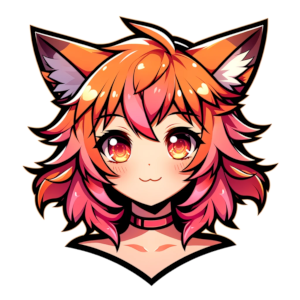shotacon
Shotacon (ショタコン shotakon), short for Shōtarō complex (正太郎コンプレックス shōtarō konpurekkusu), is Japanese slang describing an attraction to young boys. Outside Japan, the term is used less often with this meaning. It refers to a genre of manga and anime wherein pre-pubescent or pubescent male characters are depicted in a suggestive or erotic manner, whether in the obvious role of object of attraction, or the less apparent role of "subject" (the character the reader is designed to associate with), as in where the young male character is paired with a male, usually in a homoerotic manner, or with a female, in which the general community would call straight shota. It can also apply to postpubescent (adolescent or adult) characters with youthful neotenic features that would make them appear to be younger than they are.The phrase is a reference to the young male character Shōtarō (正太郎) from Tetsujin 28-go (reworked in English as Gigantor). The equivalent term for attraction to (or art pertaining to erotic portrayal of) young girls is lolicon.
The usage of the term in both Western and Japanese fan cultures includes works ranging from explicitly pornographic to mildly suggestive, romantic or in rare cases, entirely nonsexual, which is not usually classified as "true" shotacon. As with lolicon, shotacon is related to the concepts of kawaii (cuteness) and moe (in which characters are presented as young, cute or helpless in order to increase reader identification and inspire protective feelings). As such, shotacon themes and characters are used in a variety of non-erotic media. Elements of shotacon, like yaoi, are comparatively common in shōjo manga, such as the popular translated manga Loveless (which features an eroticized but unconsummated relationship between the 12-year-old male protagonist and his 20-year-old male "fighter unit"), or the young-appearing character Honey in Ouran High School Host Club. Seinen manga, particularly that aimed at otaku, also occasionally presents eroticized adolescent males in a non-pornographic context, such as the cross-dressing 16-year-old boy in Yubisaki Milk Tea.
Some critics claim that the shotacon genre contributes to actual sexual abuse of children, while others claim that there is no evidence for this, or that there is evidence to the contrary.
The usage of the term in both Western and Japanese fan cultures includes works ranging from explicitly pornographic to mildly suggestive, romantic or in rare cases, entirely nonsexual, which is not usually classified as "true" shotacon. As with lolicon, shotacon is related to the concepts of kawaii (cuteness) and moe (in which characters are presented as young, cute or helpless in order to increase reader identification and inspire protective feelings). As such, shotacon themes and characters are used in a variety of non-erotic media. Elements of shotacon, like yaoi, are comparatively common in shōjo manga, such as the popular translated manga Loveless (which features an eroticized but unconsummated relationship between the 12-year-old male protagonist and his 20-year-old male "fighter unit"), or the young-appearing character Honey in Ouran High School Host Club. Seinen manga, particularly that aimed at otaku, also occasionally presents eroticized adolescent males in a non-pornographic context, such as the cross-dressing 16-year-old boy in Yubisaki Milk Tea.
Some critics claim that the shotacon genre contributes to actual sexual abuse of children, while others claim that there is no evidence for this, or that there is evidence to the contrary.
Parent tag: Loading... Tag aliases: Loading... Child tags: Loading...
in request 41 pictures
0

2035x3196 (28)
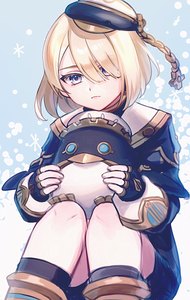
789x1248 (18)
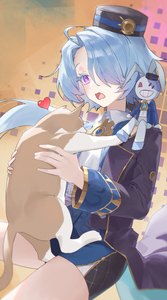
2480x4460 (28)

1154x800 (23)
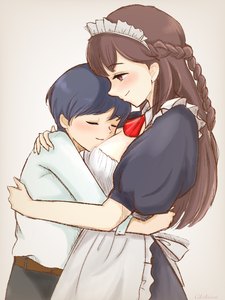
1536x2048 (37)
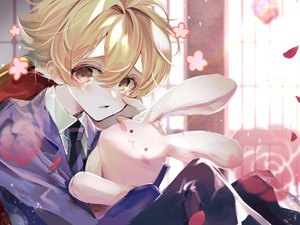
4000x3000 (24)
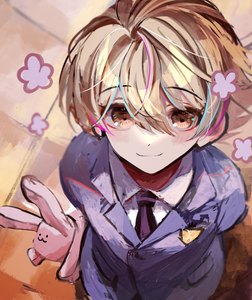
2867x3418 (25)
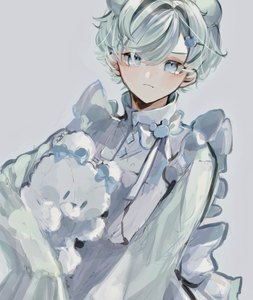
3454x4096 (26)
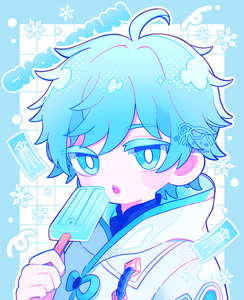
2039x2512 (20)
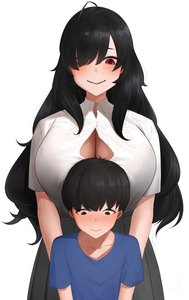
2232x3541 (33)
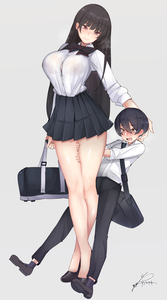
1443x2600 (41)
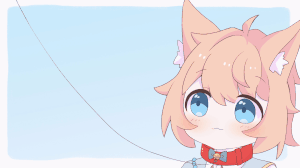
1920x1080 (28)
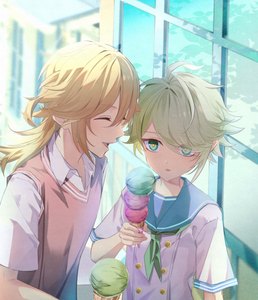
1758x2046 (22)
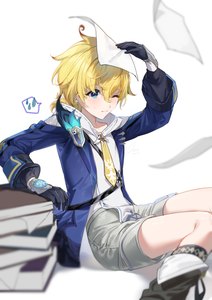
2480x3508 (24)
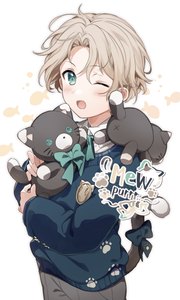
2749x4581 (25)
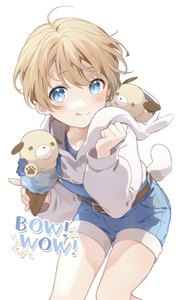
2621x4310 (24)
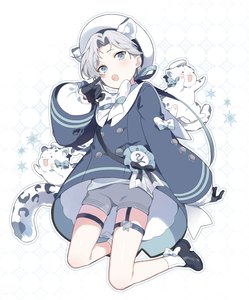
2474x2986 (28)
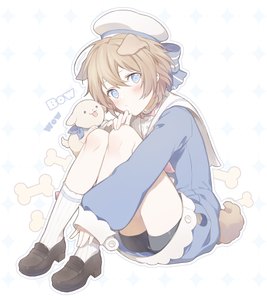
2812x3162 (33)
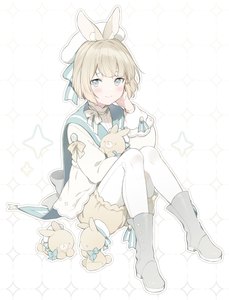
2863x3758 (24)
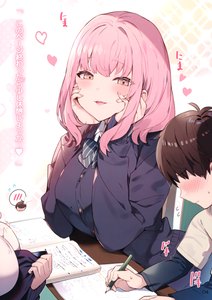
2487x3523 (38)

2482x3529 (40)
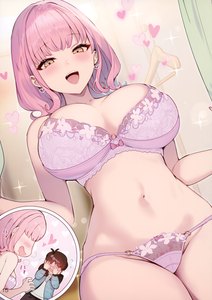
2491x3525 (43)
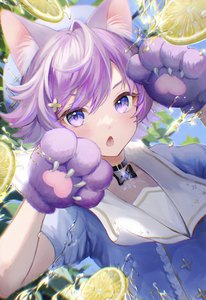
1816x2651 (24)
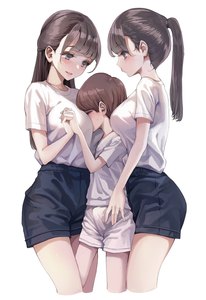
2690x3926 (36)
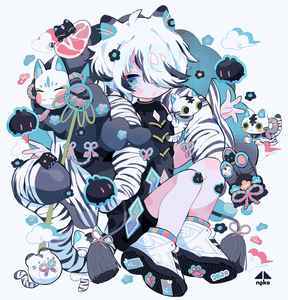
2376x2472 (33)
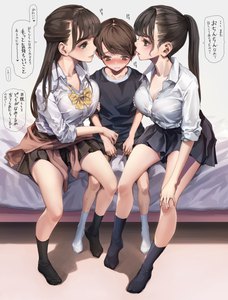
3026x3974 (48)
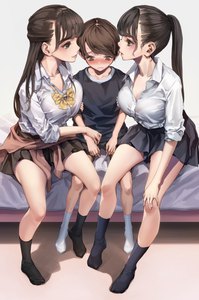
2639x3974 (44)
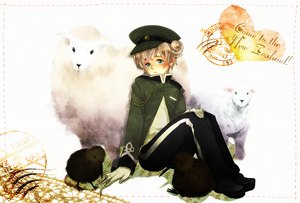
1200x810 (31)

744x1230 (34)
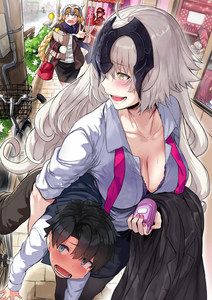
4134x5846 (54)
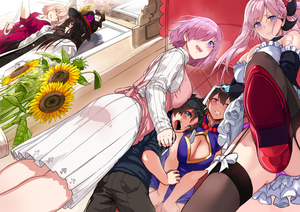
8268x5846 (58)
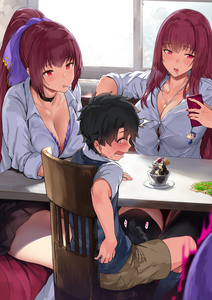
4134x5846 (66)
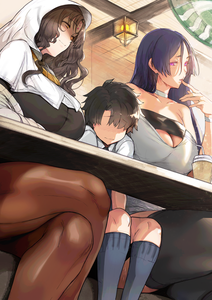
4134x5846 (50)
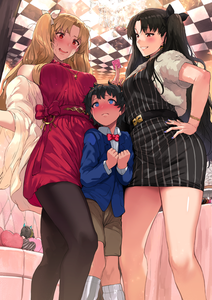
4134x5846 (65)

1500x2034 (33)

1374x1999 (27)

800x800 (54)
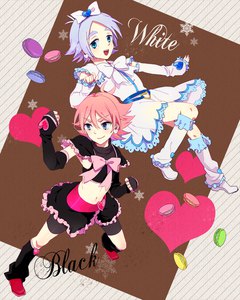
1000x1250 (71)
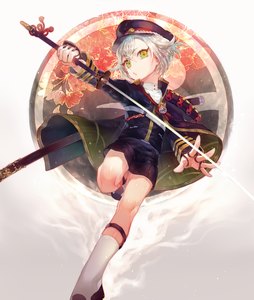
751x885 (28)

618x965 (27)
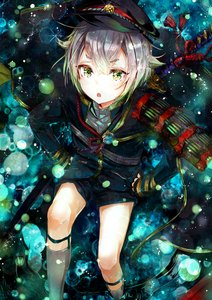
848x1200 (23)
0
04/15/2024 9:07 AM - 02/02/2015 6:36 PM